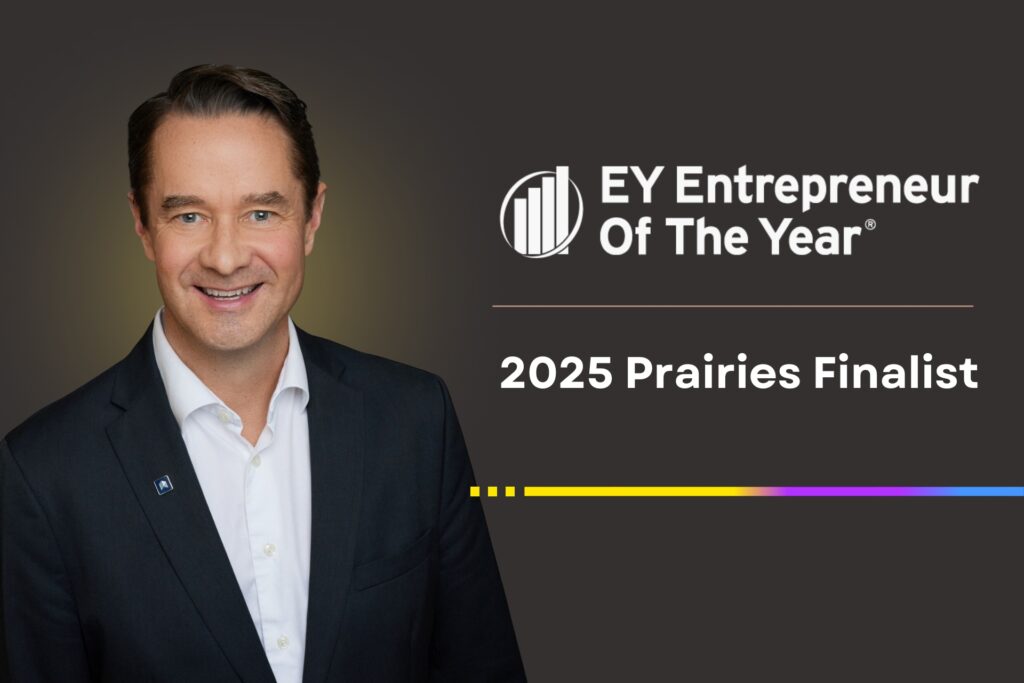3 Essential HR Metrics to Improve Hiring
July 24, 2019
Share This Article
From using artificial intelligence to assess candidate applications to analyzing your existing staff turnover rate, there are many metrics that you can use to measure the success of your hiring team.
Knowing what you’re doing right – and wrong – means you can effectively make improvements to your hiring process, ultimately reducing turnover and saving you a ton of time and money.
There is plenty of data you can collect from your current team. So much, in fact, that it can be easy to get lost in it all. Today we share three key metrics worth analyzing to help streamline your hiring process and retain happy, hard-working team members.
1. Employee Turnover: Which Departments Churn and Burn?
Canada has the fourth highest employee turnover rate in the world. Yes, you read that right. So what can you do to reduce yours? Find out:
- which departments have the highest turnover rate
- which hiring managers have the highest turnover rate
You’re looking for patterns here.
Next, review the answers to questions posed during exit interviews. (Note: If you’re not doing exit interviews when people leave, you’d better start asap.) Look for:
- correlations between turnover and specific hiring managers or colleagues
- common themes, like low morale and high levels of stress
Again, you’re looking for any sort of trend that stands out.
Next, talk to staff who’ve been there a while. Knowing why people stay is just as important as knowing why they leave.
- find out what they like most about their role
- ask what motivates them to be productive every day
Knowing what makes your staff happy and motivated will help you create more accurate job descriptions and stronger candidate profiles for future hires. A little extra time early on will save you a lot of headaches (and cash) in the long run.
2. Cost Per Hire: Where’s Your Sweet Spot?
The cost per hire is a vital metric. You need to if you’re spending too much (or too little) attracting qualified candidates who will stay with you for the long term.
Some companies spend too little, which forces them to advertise job postings in inexpensive (low-quality) marketplaces. While this may open up the talent pool, it usually results in hundreds of unqualified applications. The time you spend sifting through each application adds to the cost per hire. It’s simply not an efficient use of time.
On the other hand, some companies spend too much on job postings. This can happen when you’re advertising to the wrong audience, leaving postings open too long, and drawing out excessively long hiring processes — which can take core staff away from their daily duties.
Analyzing your existing spending against the success of each hire will give you a clear idea of where – and how – to acquire the best talent for your business. Watch for trends, like where you are posting, what you’re posting, and for how long, and match those trends to hires that are proving to become loyal, long-term employees. At the same time, watch for trends resulting in unsuccessful hires that increase your churn rate and hurt your bottom line.
The average cost per hire will vary from business to business and role to role. However, knowing what your previous spending has been on the hiring process for both successful and unsuccessful hires will give you a ballpark figure for your own cost-per-hire expectations.
3. Time to Fill: When Should You Close the Application Window?
It’s the age-old balance of needing to fill a position quickly and wanting to find the very best person for the role. But how long do you need to leave the application window open? The answer lies in your existing staff, of course.
Look at how long the most successful hires were given to apply for a role – and how long the interview process took, too. Leaving the window open too long risks losing the best candidates to other companies who are hiring more quickly. However, closing applications too soon means you could be shutting the door before the ideal candidate sees the job posting.
The best way to solve this dilemma is to work with a recruitment partner. In addition to advertising the role, recruiters will dig into their own network to uncover the best talent available. This means you’ll be drawing from a higher-quality talent pool … and you’ll be saving yourself time and hassle.
Using Artificial Intelligence for Recruitment
Using the data from these three metrics can help you to streamline your recruitment processes. But, doing it all manually takes time – and the cost of that time negates the point of using the data to reduce hiring costs. Catch-22.
Artificial intelligence (AI) software and apps do the heavy lifting for you. This not only streamlines your processes to reduce costs but it improves the accuracy of hires to reduce staff turnover.
AI takes the human element out of some of the more emotive parts of the hiring process. For example, analyzing interviews via video or voice software helps you determine if a candidate is overstating their skills and experience.
A hiring manager may be taken in by the talk, but later find the candidate isn’t actually suited to the role. Fortunately, AI can be used at every stage of the recruitment process:
- Analyzing existing data to create ideal job advertisement details
- Screening applications for keywords and desirable behaviours
- Automating application communications to ensure candidates have a positive experience with the company
- Analyzing interview videos and phone calls for ideal traits, such as honesty, drive, and loyalty
Having said that, AI should never replace human interaction. The best way to use AI is in combination with a recruitment specialist who has experience with the latest artificial intelligence hiring techniques.
Real People Can Further Help Your Hiring Success
Removing some of the human element from the hiring process does save time and improves the rate of success. But don’t get too overzealous … real live people are still your greatest ally when it comes to recruiting.
A computer can do little more than mine and analyze the data it’s given. A recruitment specialist, on the other hand, draws on their wealth of knowledge and experience. They’re able to navigate the subtle nuances of human interaction, a skill that computers have yet to master.
People also know who to communicate with specific audiences about specific needs. And they’re able to search and find the best talent by tapping into the power of personal connections. Adding AI to the mix gives you a powerful one-two punch.
By taking the time to understand your existing hiring process, and by reviewing key metrics and then adjusting your strategy, you’re positioning yourself for greater recruiting success. If it’s all a little too overwhelming (don’t worry, you’re not alone!), working with a recruitment specialist can eliminate the stress, streamline the hiring process, and save you time and money.
If you’re struggling to hire – and retain – the best talent for your company, get in touch. We can help.
Photo by You X Ventures on Unsplash




